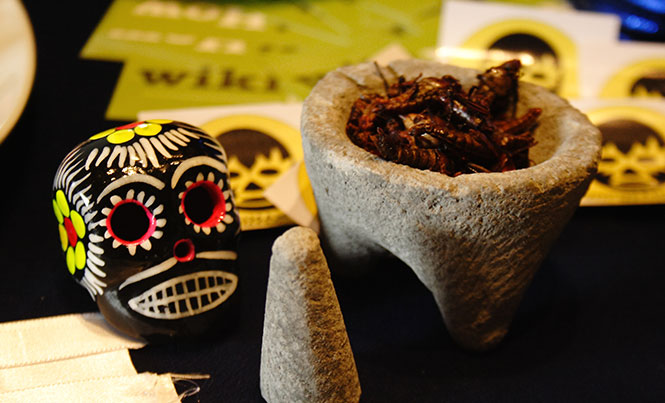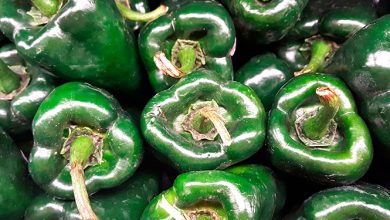Twisting, Turning Pounding and Grinding

Regardless of the ingredients, Mexican cuisine wouldn’t be the same without actual Mexican utensils, and Catherine teaches us about one of the most important and traditional tools, the molcajete
By the name, you might think we are introducing you to the latest electronic, glitch, jazz music dance style, but instead, we are bringing to the forefront a cooking vessel used for thousands of years by the Aztec and the Maya. The molcajete, along with its partner the tejolote (also known as mortar and pestle), highlight all the great flavors associated with cooking, as it brings out the depth of flavors of any kind of cuisine.
Instead of just throwing your herbs, spices, seeds, tomatoes and garlic into a pan and trying to extrude flavors, this utensil, often not larger than a man’s hand, is used to grind spices, mash avocados, crush seeds, puree vegetables, pound garlic and more, all done with a little added elbow grease. In fact, many of the things that today’s blenders or cuisinarts use to perform, this indispensable duo can do as well or better.
Although we have found some molcajetes made of plastic, they are traditionally carved out of basalt, and like a fingerprint or snowflake, no two are exactly the same. The carver chisels each bowl from a single piece of rock, so it takes a single wrong strike to start from square one. They are round in shape and supported by three stubby legs, usually decorated with the carved head of an animal on the outside edge of the bowl like a bull or a pig, giving it a squat-like appearance.
You can even find a dish named molcajete. This stew blends proteins with spices, vegetables and herbs, and is placed in a pre–heated molcajete bowl, then served with a few slices of nopales (cactus leaves) hanging over the side. The basalt is a natural heat conductor and can keep the dish hot for up to 45 minutes.
Like a good cast iron grill or wooden salad bowl, porous basalt bowls should never be cleaned with soap and water. Instead, they should be seasoned, carrying over flavors and seasonings as time goes on from one dish to the next. A light cleaning with a damp cloth is all it takes to give you years of culinary pleasure.







